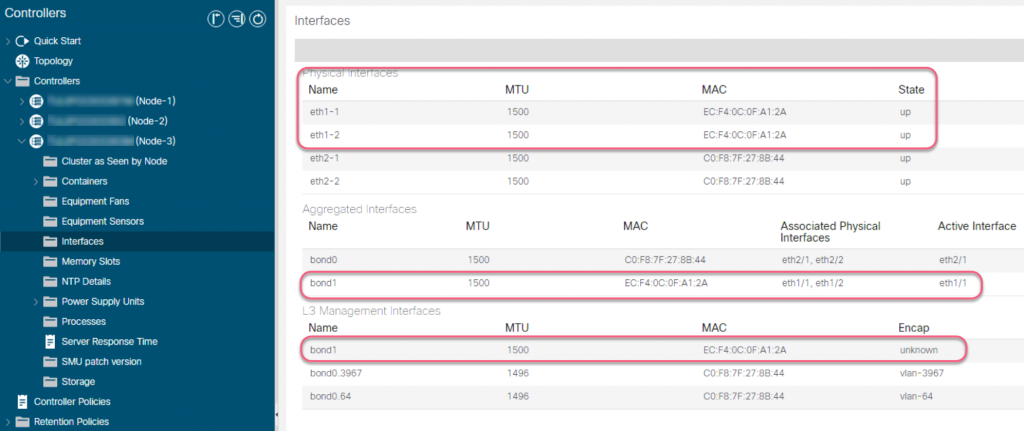So you may wonder why you should consider purchasing a standby APIC controller for your current APIC cluster. A valid argument is why you would need a standby APIC if you already have a Cisco 24x7x4 Smartnet contract. Well Smartnet is great but:
- We are currently experiencing hardware shortages so sometimes Cisco cannot commit to getting you a replacement APIC in 4 hours or less.
- If you do get an APIC replacement, it will most likely not ship with the code version of your current APIC cluster. As a result, you will spend time updating the CIMC ~1 hour + updating the APIC application code version to match. The time it takes depends on the code versions. In some cases, the appliance may ship with a newer code version and you will have to downgrade as well. You cannot assume that Smartnet 24x7x4 will mean you will have an operational APIC with in 4 hours because code upgrades/downgrades will be required.
- When you get a replacement APIC, you must still take time to UNRACK the failed APIC and Install the new APIC so there is some time with physical labor to provision the replacement.
- If you had a standby APIC, it will get automatically upgraded during your upgrade cycle so if you have a failed APIC in the cluster, you can easily replace the failed with the Standby APIC controller. No new physical connections are needed as all of this has already been planned and provisioned.


